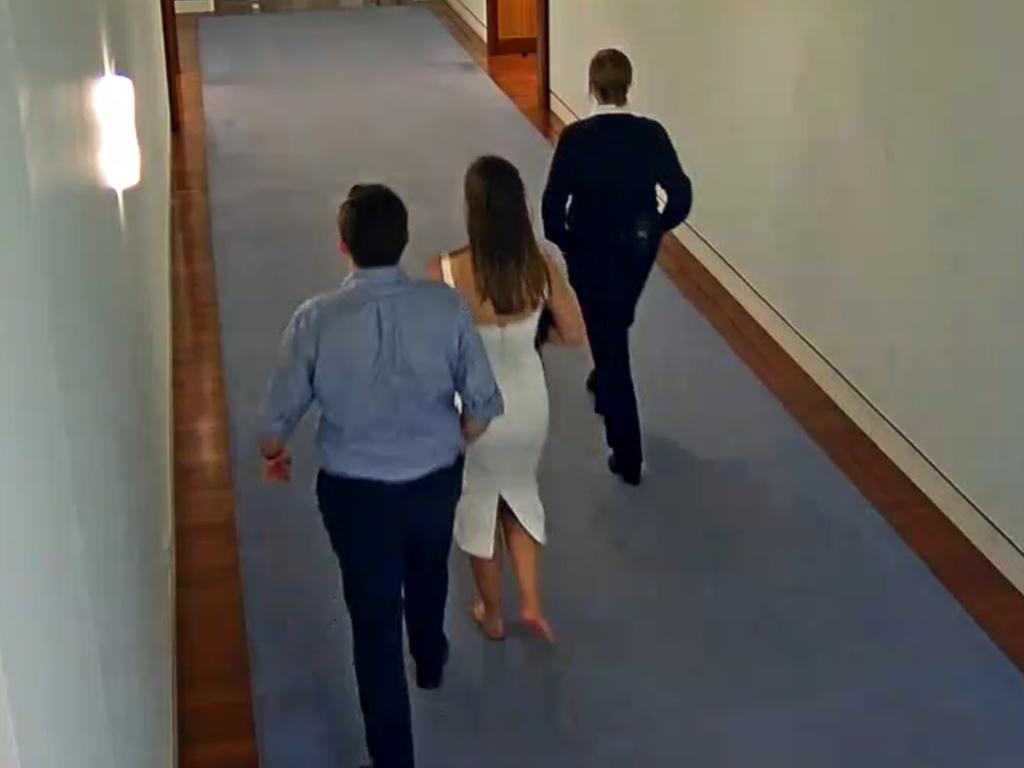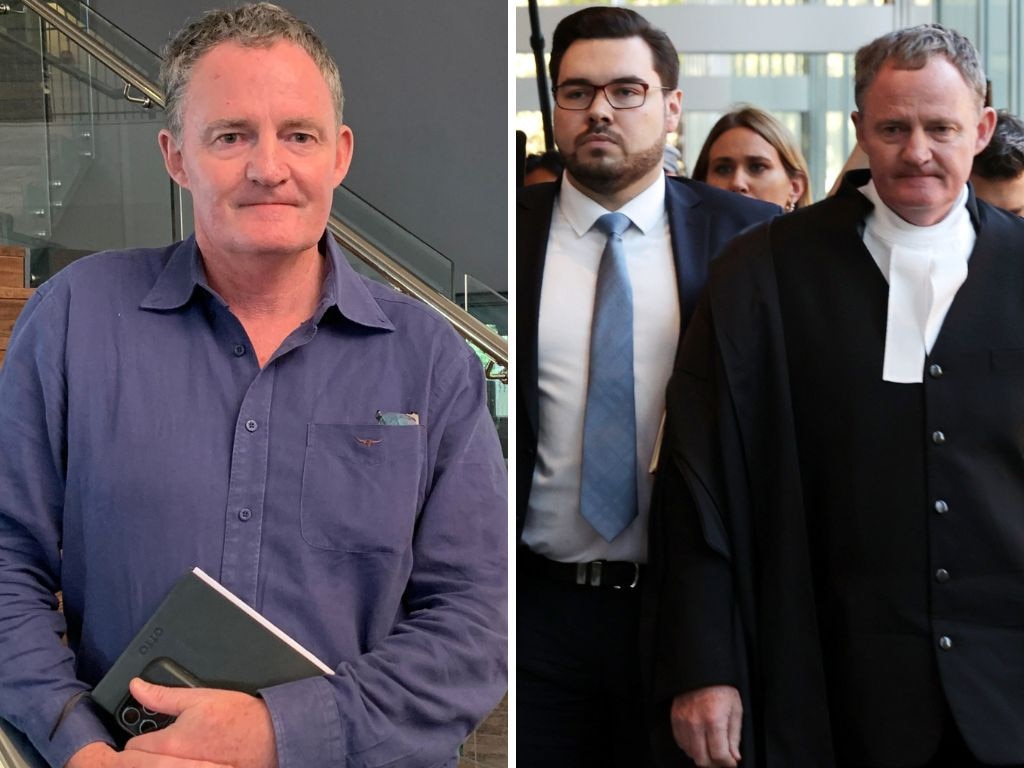Brittany Higgins case: When political cover-up conspiracy claim took a leap too far
How David Sharaz engineered a ‘cover up’ that never existed with the aid of the Labor Party and a handful of credulous journalists - a lie some still seem unwilling to abandon.
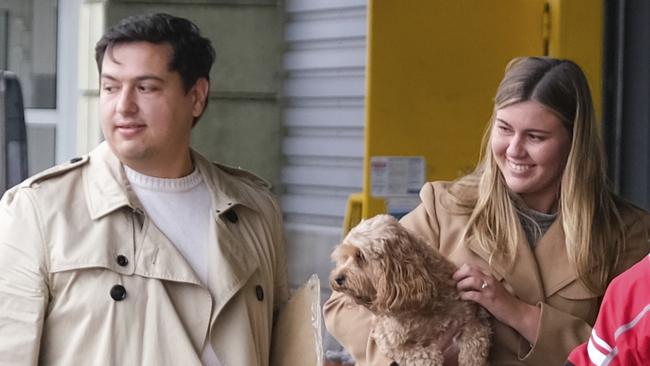
When Brittany Higgins’ father, Matthew, took the stand in Bruce Lehrmann’s defamation case late last year, he became distressed as he described how his daughter did not seem herself when he visited her in Canberra in March 2019.
After one emotional outburst, Justice Michael Lee asked him to leave the court and cautioned counsel: “I don’t think he’s holding himself out as a particularly precise historian of events.”
But in his judgment last week, Lee accepted the distraught father’s’ “raw and palpably believable evidence” as support for his finding that Higgins was raped.
Why? Because at that point in the saga David Sharaz had not yet arrived in Higgins’ life.
“It is worth stressing these apparently candid communications with her father might be thought to have cogency because they occurred before the person later charged with the responsibility of “pitching” the project of the cover-up, Mr Sharaz, came into her life on 29 May, 2020,” Lee said.
With that observation, the meticulous Lee identified the date when everything changed in the Higgins-Lehrmann affair, still yet to burst into the public arena with a frenzy that would leave a permanent mark on the country and those swept up in its aftermath.
Lee marks a clear line in his judgment between Higgins’ story before and after she began her relationship with Sharaz.
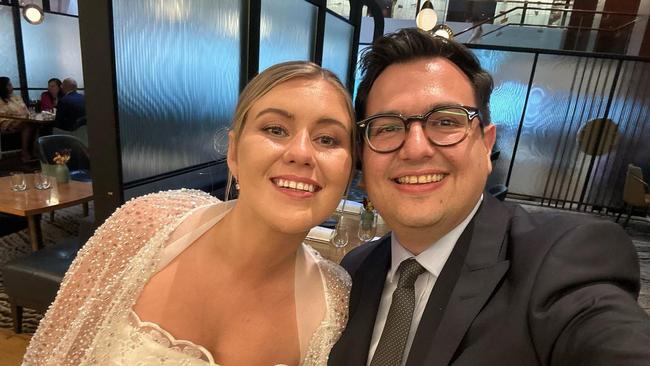
The judge makes allowance for the young woman’s many falsehoods and misrepresentations before that date, accepting some could flow from the trauma of the event, and deciding that on the balance of probabilities she was telling the truth in her account of the rape.
But Lee makes it clear that Sharaz’s appearance in the Higgins-Lehrmann saga was the point at which the case made a leap too far – from an allegation of rape to claims of a political cover-up by the Liberal Party to avoid a scandal in the coming federal election.
“The articulation of the core aspects of this claim commenced shortly before Ms Higgins’ boyfriend, Mr Sharaz, made the necessary arrangements for Ms Higgins to tell her account,” Lee said.
Those claims would be ventilated courtesy of the two journalist chosen by Sharaz and Higgins, news.com.au political editor Samantha Maiden (described by the pair as a “good friend”) and The Project host Lisa Wilkinson (with whom Sharaz felt affinity after doing some work experience on the Today program).
The central narrative, aggressively pushed by Sharaz and adopted with little or no scrutiny, at least by Ten, was that Higgins’ rape had been covered up by Liberal minister Linda Reynolds and her chief of staff Fiona Brown for their own political convenience, in the run-up to a tight election.
In his 324 -page judgment last week, Lee demolished every element of the cover-up claim.
Leaked texts
Far from trying to silence the young woman, Reynolds and Brown were emphatically encouraging her to go to the police, with Brown offering to personally take her to the Australian Federal Police office in Parliament House.
As Lee observed wryly: “It is the only alleged cover-up of which I am aware where those said to be responsible for the covering up were almost insisting the complainant go to the police.”
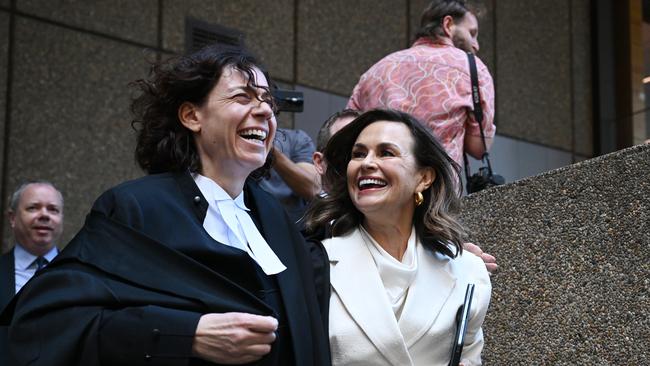
As for Higgins' claim that she had told Brown of the rape in two early meetings, Lee flatly accepted Brown’s evidence that it did not happen, declaring her an honest witness concerned for the young woman’s welfare.
Importantly, what Lee found was not simply, as one academic writing in The Guardian this week framed it, “no evidence of a cover-up”. What the judge laid bare, in exacting detail, was evidence that the so-called cover-up was deliberately, carefully constructed by some of the key players for political motives and fed to credulous journalists who accepted and broadcast it with little or no attempt to question its veracity.
That narrative went unchallenged by many in the media for more than three years. It continued even after The Australian revealed a tranche of leaked text messages showing Higgins and Sharaz planning to directly enlist the help of senior Labor figures to pursue Higgins’ claims that the Coalition government covered up her rape claims. The texts showed now-Finance Minister Katy Gallagher was aware of the allegations well before denying in parliament she knew anything about them.
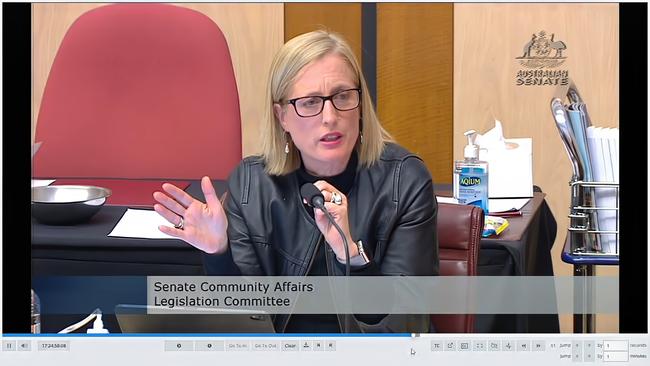
But many journalists and commentators found it convenient to simply question the source of the leaks, and suggest that somehow the texts were evidence of a conspiracy against the Albanese government. That credulous journalism continued even after Lee’s excoriating findings.
On Friday, the Sydney Morning Herald – now belatedly accepting there was no cover-up – claimed that Lee “did not make a finding about co-ordination and intent”, an assertion that could be made only without reading the judgment.
“Mr Sharaz’s intentions in making and pursuing his ‘Project Pitch’ were manifest,” Lee found, “not only from his initial assertion that this was a story all about the Liberal Party and a female minister in the context of the ‘MeToo’ movement, but in the light of his expressed intention to liaise with an opposition frontbencher to deploy the allegations against the government during question time.”
Higgins and Sharaz “wished to ensure co-ordinated publicity be given to their allegation of rape and a political cover-up preventing Ms Higgins from obtaining justice”, Lee found.
The pair selected the journalists and chose the timeline for broadcast.
By the time Ten sought and obtained any information that contradicted the fake cover-up narrative developed by Higgins and Sharaz, just hours before the program went to air there was no time for further inquiries – even if the journalists had wanted to make them.
‘Avid for scandal’
Higgins’ account was riddled with falsehoods and inconsistencies, particularly in the way it characterised her dealings with Brown, short on specifics and long on innuendo.
Lee noted that Higgins used the word “weird” no less than 82 times in one recorded meeting with the Ten journalists, and 34 times during a much shorter interview with Samantha Maiden.
But when the allegations went public, “in the febrile atmosphere of 2021, many instinctively believed what Ms Higgins asserted about the rape and the subsequent cover-up of the crime”.
Yet almost nothing added up about Higgins’ claim that she was forced to choose between her job and seeking justice, and that she “paused” her complaint with the Australian Federal Police following “internal pressure” to go to Perth for the election.
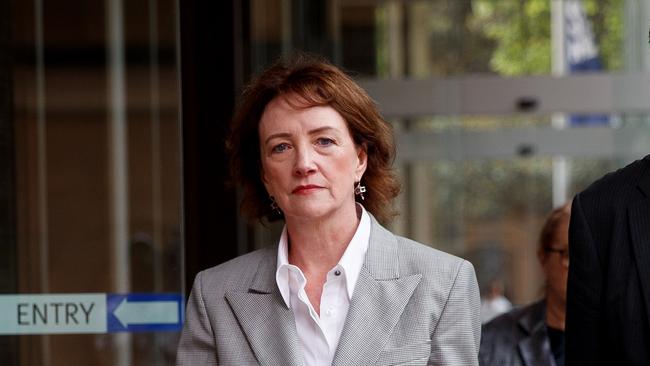
Not true, said Lee: Higgins had already expressed the considered view, before going to Perth, that she would not pursue the case with police.
As for the claim her job was under threat, almost everyone in the then Morrison government expected they would be defeated at the coming election. So for staffers like Higgins there would be no job to come back to anyhow.
When the Coalition unexpectedly won the election, Higgins was offered three different jobs in the returned government.
Higgins’ concerns grew when, in October 2019, there was a media inquiry about an assault in Senator Reynolds’ office by a journalist from the Canberra Times,
The AFP contacted Higgins to let her know, and to warn her the subject might be raised at senate estimates. But rather than being grateful for the courtesy of a heads-up, Higgins decided it demonstrated inappropriate conduct by the AFP.
“Only someone prone to speculation and avid for scandal could view the objective facts as forming a reasonable basis to suggest the perpetuation of an inappropriate, indeed criminal, cover-up,” Lee concluded.
Then came the Four Corners “Inside the Canberra Bubble” program broadcast on November 9, 2020 which Lee describes as having “catalytic importance in the formation of her antipathetic views towards the prime minister and his office”.
Higgins was angry because Scott Morrison had “dismissed this whole issue on the basis that it wasn’t his government … when I’d fundamentally lived that experience”.
When Sharaz pitched the story to Wilkinson it was very clear where it was leading. The email was headed: “MeToo, Liberal Party, Project Pitch”.
Mr Sharaz got straight to the point: “I’ve got a sensitive story surrounding a sexual assault at Parliament House; a woman who was pressured by the Liberal Party and female cabinet minister not to pursue it. She’s asked me to be the one to get the story told this year … it’s the first time something like that has happened under prime minister Scott Morrison’s watch. He can no longer use the excuse: ‘This is a bubble’ issue, or ‘this was before my time’.”
The bruise photo
Wilkinson was in no doubt as to the significance of the “project”, on the same day referring to the “explosive political story” as being “an extraordinary cover-up involving Linda Reynolds, Michaelia Cash and the PMO”.
Wilkinson and Llewellyn met Sharaz and Higgins on January 27, 2021 at The Darling Hotel in Sydney for a now-infamous five-hour pre-interview brainstorming session at which the group discussed whether “friendly MPs” could be used to publicise her case.
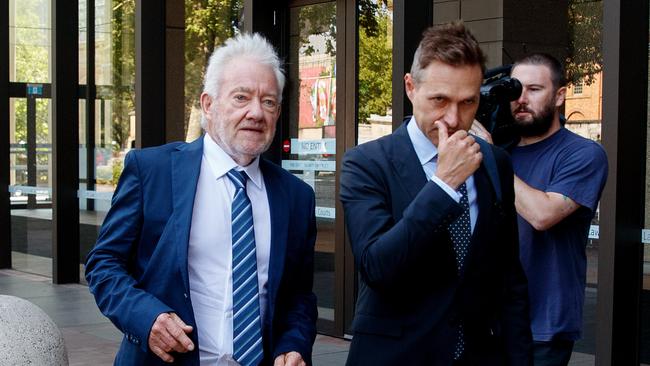
Lee noted the way the two journalists “were prepared to assist in the plans of Mr Sharaz and Ms Higgins to use the allegations for immediate political advantage, and the lack of rigour with which Ms Higgins’ account was examined and questioned during the meeting and thereafter. Any journalist who did not think Mr Sharaz had a motivation to inflict immediate political damage would have to be wilfully blind”, he said.
Llewellyn and Wilkinson “expressed a willingness to assist in the political use of the serious charges they were supposedly interrogating and assessing with independent minds”.
The photo of a bruise on Higgins’ leg, allegedly evidence of the rape, was accepted with almost no scrutiny.
The photo was air-dropped by Higgins to Llewellyn’s phone during the Darling Hotel meeting but did not contain any metadata identifying when the original was taken and no attempt was made to independently verify when the original was taken – or how the picture had survived the loss of all the other data on Higgins’ phone.
When Wilkinson asked Llewellyn about this he responded: “My gut feeling is to avoid the topic as it raises unanswerable questions and weakens rather than strengthens her very strong claims by adding in unnecessary doubt where there currently isn’t any.”
Questions that should have raised alarm bells were swept under the carpet as inconvenient because they did not suit the narrative.
The journalists accepted the Higgins/Sharaz line that the government was somehow interfering to stop the AFP getting access to the CCTV footage, when the simple explanation was that the parliamentary presiding officers had to first give permission.
The supposed “roadblock in getting the footage even prompted musings that Higgins may have been spirited to Parliament House deliberately for the purposes of the assault, Lee said, and led to the claim that “it was the safest place in the country to rape someone”.
The journalists were jumping at shadows, imagining a political conspiracy to cover up a rape but actually being the ones constructing it.
Vilified
On the day of the Project broadcast, having been given little time to respond to the allegations, Andrew Carswell, the media director for the prime minister’s office, sent Llewellyn a two-page statement rebutting many of the cover-up claims.
It said Reynolds had encouraged Higgins to speak with police and assured her there would be no impact on their career.
Carswell also sent written details of the support offered to Higgins and a text message Higgins had sent Brown a few months after she left the office saying she could not overstate how much she had valued the older woman’s support and advice and praising her for being “absolutely incredible”.
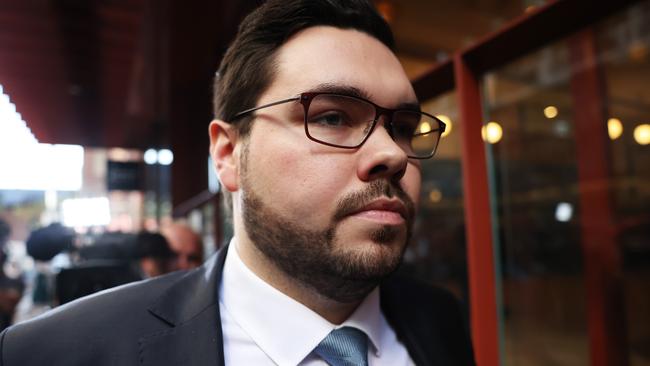
The documents were completely at odds with the story Higgins had told.
But by then the broadcast was just hours away. It was too late to make any substantial changes, even if the producers had been minded to do so.
In court, Wilkinson doubled down on the allegation that Brown and Reynolds were active participants in a systemic cover-up of a rape when, Lee said, “upon any fair review of the available material, the basis for such a grave allegation is infirm”.
Wilkinson clung to the allegation even as she distanced herself from the investigative work she insisted was done by others on the show – that her job in relation to the publication was to “to read the pre-prepared script” and that “she acted not only reasonably in reading that pre-prepared script but perfectly, in that she read it word for word”.
The only senior figure from Ten to escape Lee’s judgment unscathed was veteran producer Peter Meakin, who was acting as an editorial consultant to The Project.
Meakin was “an impressive witness who gave thoughtful, responsive answers and, refreshingly, was willing to make concessions adverse to the case of Network Ten when he thought it was appropriate”, Lee found.
But the accusations of corrupt conduct in forcing a rape victim to choose between her career and justice had caused immense collateral damage – including “to the fair and orderly progress of the underlying allegation of sexual assault through the criminal justice system”.
Lee expressed his greatest sympathy towards Fiona Brown, who had risked her own career in allowing a young woman to make her own decisions about how to deal with the case and was abandoned by the Liberal Party in the wake of the allegations.
“To be later vilified as an unfeeling apparatchik willing to throw up roadblocks in covering up criminal conduct at the behest of one’s political overlords must be worse than galling,” Lee concluded.


